
Bewick’s Wren
Thyromanes bewickiialtus

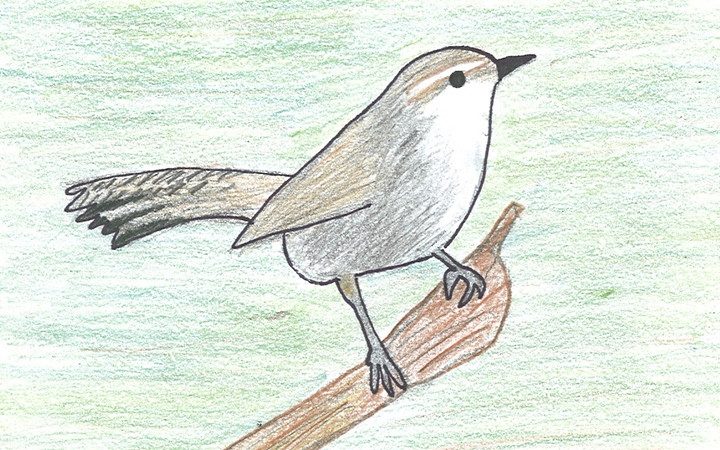
RICHMOND DYKE DECK | 7 POINTS
• Bewick’s Wrens are about 14cm long.
• They lay 5-7 eggs and are solitary in the winter.

Glaucous Winged Gull
Larus glaucescens


RICHMOND DYKE DECK | 3 POINTS
• In the winter, the Gull’s head and nape look dusty, and the red spot on its beak becomes darker.

*Fungus
Fungi


RICHMOND DYKE DECK | 3 POINTS
• Fungi are decomposers.
• Fungi can be used to make antibiotics.

* American Crow
Corvus brachyrhynchos

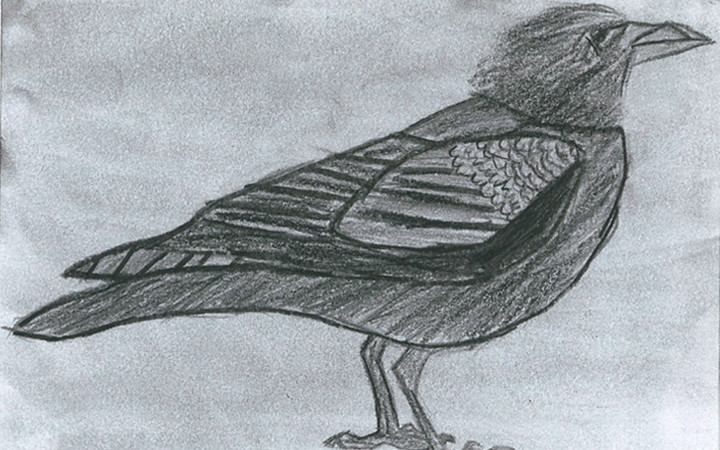
RICHMOND DYKE DECK | 3 POINTS
• American Crows hunt mice and frogs and other small animals. They eat nuts and acorns in the winter and fall.
• Most American Crows live for 7-8 years.

Wild Fern
Nephrolepis exaltata


RICHMOND DYKE DECK | 2 POINTS
• Coal is made largely from fossilized featherplants from the Carboniferous Period (360-286 mya) • Ferns redevelop from spores in two stages.

Rainy Day
Event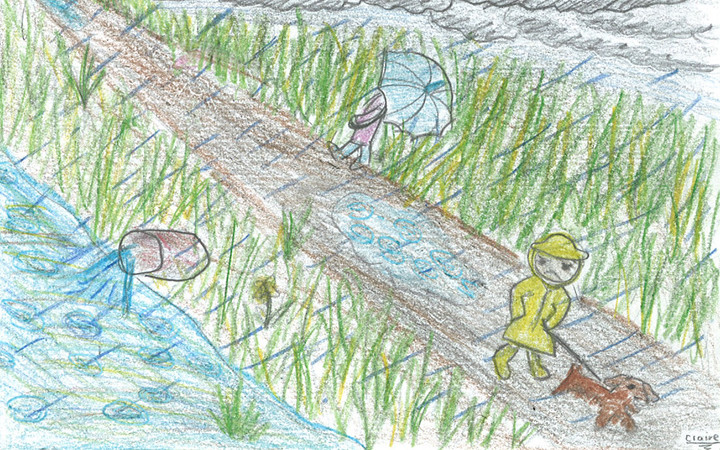
RICHMOND DYKE DECK | EVENT
• Human activity is decreased. • Some animal homes are wrecked. • Plant growth.

Dragonfly
Anisoptera

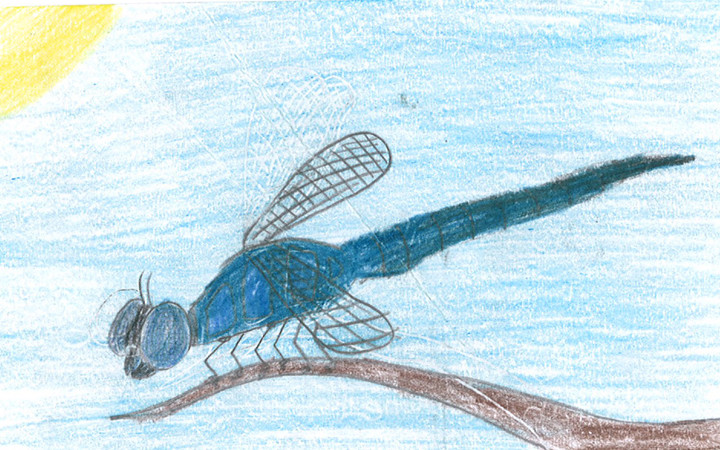
RICHMOND DYKE DECK | 7 POINTS
• Dragonfly eyes have up to 30,000 lenses. Human eyes have only one lens.
• Dragonflies eat mosquitos and other small insects.

Grasshopper
Melanoplus differentialis

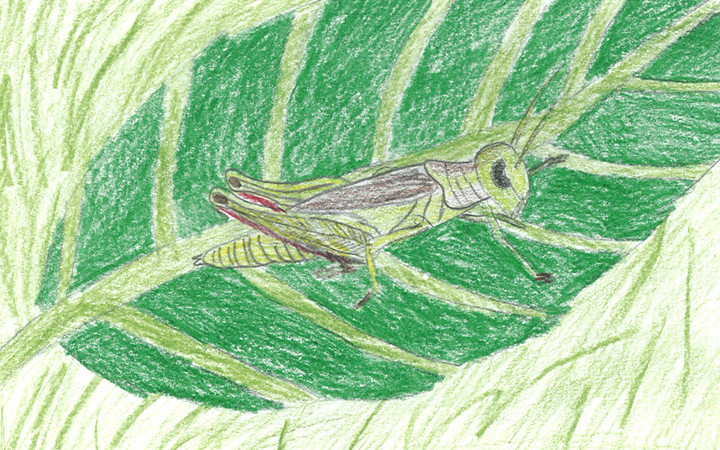
RICHMOND DYKE DECK | 4 POINTS
• Grasshoppers hear through their knees.
• They are brownish or greenish and as they age their color will darken.

